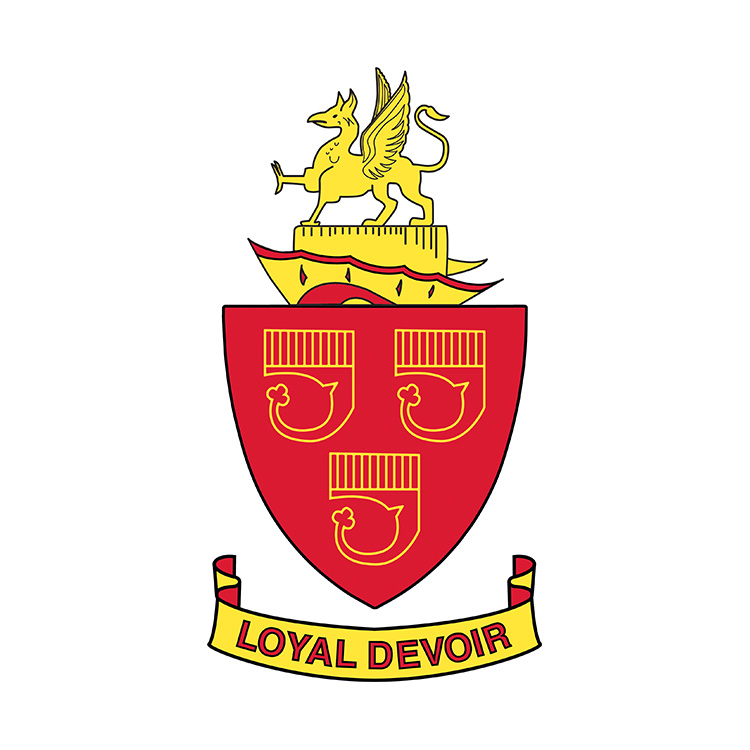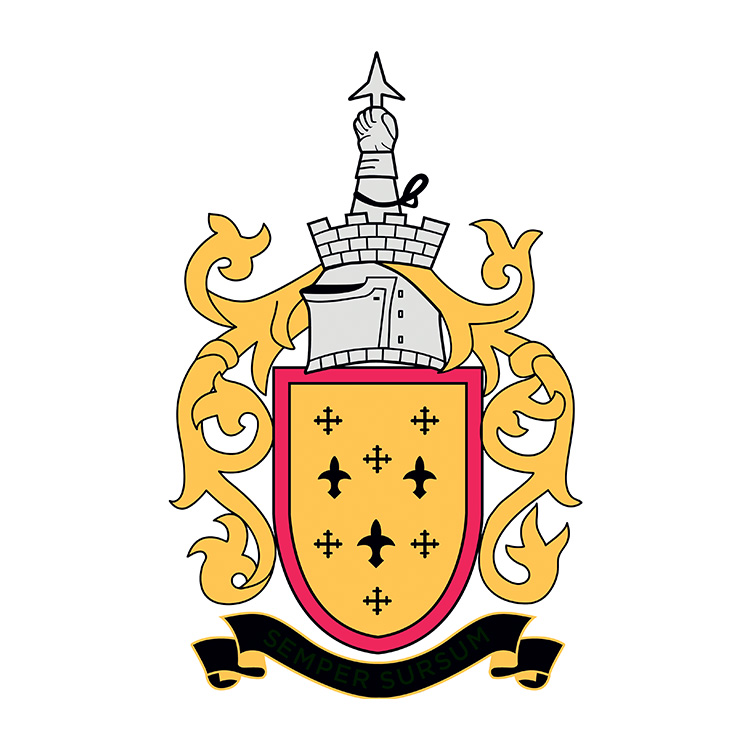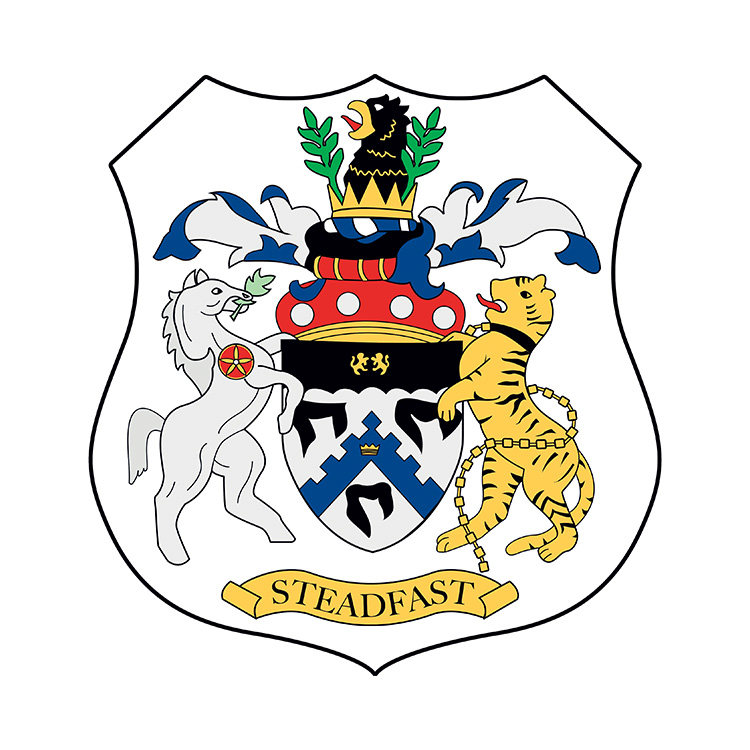
biggs

Casey

Gerald

Goodwin

Grenfell

Hillary

Kingsley

Magnus

Mansfield

Mawson

Nansen
A history of houses
The Reverend W. P. F. Morris founded Churchie in 1912, and with only three students it had no need for a house system.
Following Archbishop Donaldson’s endorsement of a plan to establish a cathedral school for boys and the Archbishop’s invitation to be its headmaster, Morris moved the School to St John’s Cathedral in 1913 where it became the St John’s Cathedral School for Boys. The church subsequently purchased the Bowen House Preparatory School and from 1915 the Church of England Grammar School was created with 106 students enrolled.
Limited space and lack of facilities led to the move to East Brisbane in 1918. In these early days, the Headmaster referred to the School as ‘our small farm school’ but its reputation and recognition were growing and by 1920 the enrolment had reached 157. In the years that followed, the enrolment growth became rapid, placing great pressure on facilities. As numbers increased and sporting activities became more competitive, the boys were organised into groups: ‘Far Boarders’, ‘Near Boarders’, ‘North Boys’ and ‘South Boys’.
To the Headmaster, the value of sport and competition was to bring out the best in each boy; rivalry and striving were good for character development, but winning was not so important. The notion of houses had little appeal for Reverend Morris, as he perceived a risk of them mitigating against the ‘spirit of the school has a whole’. However, after considerable discussion, the now Canon Morris eventually agreed to the formation of houses, provided there were opportunities for all boys.
Thus, the house system began in 1935.
In the Senior School, there were four houses, with the names derived from people Morris believed to have been Christian heroes with a Viking’s courage: Grenfell, after Sir Wilfred Grenfell who devoted his life to medical ministry; Kingsley, after Charles Kingsley, priest, author, professor and chaplain to Queen Victoria; Magnus after 12th-century St Magnus, Earl of Orkney, the School’s patron saint; and Nansen after Fridtjof Nansen, scientist and polar explorer.
In the Prep School, three houses were formed for the day boys, with their names derived from the Norsemen who were part of the Viking invaders of the British Isles: Angles, Germanic tribes that settled in Britain in the post-Roman period; Jutes, Germanic tribes from the Jutland Peninsula; and Saxons, Germanic tribes from northern Germany and the Baltic Coast.
Donaldson House was formed for Prep School boarders, and was named after St Clair George Donaldson, first Archbishop of Brisbane from 1904 to 1921. This arrangement was changed when day boys and boarders were mixed together in sporting houses and a fourth house was added, Danes, named for Danish tribes from Jutland and nearby islands.
In 1950 two new houses were added in the upper school, bringing the total to six, four for day boys and two for boarders. The new houses for boarders were named Gerald, after Gerald Sharp, Archbishop of Brisbane from 1921 to 1934, and Goodwin, after Sir John Goodwin, Governor of Queensland from 1927 to 1932.
With the arrival of Churchie’s third Headmaster, Charles Fisher, the house system underwent significant expansion. Enrolment exceeded 1,300 students and the need for a system of pastoral care had become an issue.
Eight new day houses were added: Alban, after the first British Christian martyr from the third century; Biggs, in honour of Old Boy #229 Ernest Eldridge Biggs, who attended Churchie from 1918 to 1923 and served on School Council from 1931 to 1973; Casey, in honour of Lord Casey, Australian politician, diplomat and Governor-General from 1965 to 1969; Halse, in honour of Sir Reginald Halse, Archbishop of Brisbane from 1943 to 1962; Hillary, in honour of Sir Edmund Hillary, first to reach the summit of Mt Everest in 1953; Mansfield, in honour of Old Boy #70 Sir Alan Mansfield, who attended Churchie in 1915 and was Governor of Queensland from 1966 to 1972; Mawson, in honour of Douglas Mawson, Antarctic explorer; and Schonell, in honour of Sir Fred Schonell, academic and Vice-Chancellor of The University of Queensland.
Two new boarding houses were also added: Donaldson, in honour of St Clair George Donaldson, first Anglican Archbishop of Brisbane from 1904 to 1921; and Strong, in honour of Philip Strong, Archbishop of Brisbane from 1963 to 1970.
The 16 houses operated from 1971 to 2005. At the end of 2005 a review saw Donaldson, Strong, Alban, Halse and Schonell all close. The Prep School houses continued as Angles, Danes, Jutes and Saxons.



